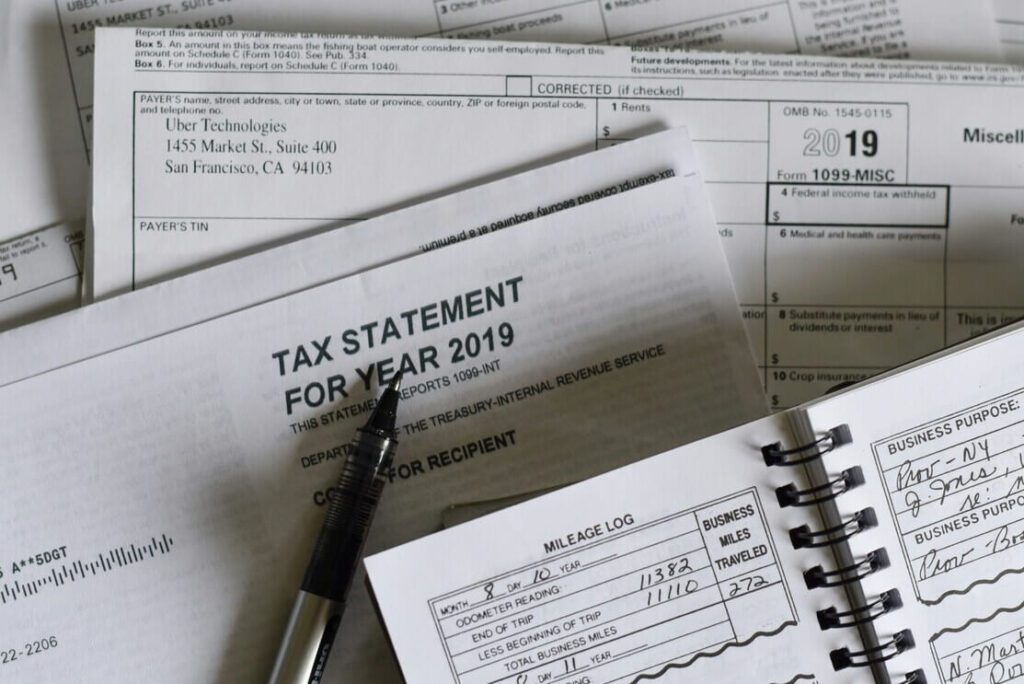Living in New York comes with many advantages, but it’s also important to understand your New York State income tax rate. This tax is based on a graduated system, meaning the more you earn, the higher percentage you’ll pay.
In this article, we will uncover all the details of the New York State Income Tax Rate structure. Explaining tax brackets, filing status considerations, and additional factors to keep in mind. By the end, you’ll have a clearer picture of what to expect from your income taxes.
The Basics of the New York State Income Tax Rate
Living in New York State means you’ll encounter the state’s income tax. This tax is based on a graduated system. This means the more you earn, the higher the percentage of your income you’ll pay in taxes.
New York has several tax brackets, each with a specific income range and a corresponding tax rate. The rate you pay depends on where your taxable income falls within these brackets.
For instance, if you fall into the lowest bracket, you might pay 4% of your income in taxes. Conversely, high earners may face a tax rate as high as 10.9%.
Another factor influencing your tax bill is your filing status. Whether you file as single, married filing jointly, head of household, etc., can affect the tax bracket you fall into. This means a single person with the same income as a married couple filing jointly might pay a different tax rate.

It’s important to understand that these are just the basics. New York’s tax code can be complex. There’s a supplemental tax for very high earners, and residents of New York City may have to pay additional local income taxes on top of the state tax.
Overview of New York State Income Tax Rate Structure
New York State income tax rate system aims to ensure a fairer distribution of the tax burden, with higher earners contributing a larger share. The state establishes multiple tax brackets, each with a designated income range and a corresponding tax rate.
Here’s the New York State Income Tax Rate table. Here, you can see how much you need to pay based on your income and status.
New York State income tax rate for single and married filing separately
| Income | Tax Rate | ||
| $0 to $8,500 | 4% | ||
| Over $8,500 to $11,700 | $340 | + | 4.5% |
| Over $11,700 to $13,900 | $484 | + | 5.25% |
| Over $13,900 to $80,650 | $600 | + | 5.5% |
| Over $80,650 to $215,400 | $4,271 | + | 6% |
| Over $215,400 to $1,077,550 | $12,356 | + | 6.85% |
| Over $1,077,550 to $5,000,000 | $71,413 | + | 9.65% |
| Over $5,000,000 to $25,000,000 | $449,929 | + | 10.3% |
| Over $25,000,000 | 2,478,263 | + | 10.9% |
New York State income tax rate for married filing jointly and qualifying surviving spouse
| Income | Tax Rate | ||
| $0 to $17,150 | 4% | ||
| Over $17,150 to $23,600 | $686 | + | 4.5% |
| Over $23,6010 to $27,900 | $976 | + | 5.25% |
| Over $27,900 to $161,550 | $1,202 | + | 5.5% |
| Over $161,550 to $323,200 | $8,553 | + | 6% |
| Over $323,200 to $2,155,350 | $18,252 | + | 6.85% |
| Over $2,155,350 to $5,000,000 | $143,754 | + | 9.65% |
| Over $5,000,000 to $25,000,000 | $418,263 | + | 10.3% |
| Over $25,000,000 | $2,478,263 | + | 10.9% |

Are Social Security Benefits Subject to Taxation in New York?
New York State does not impose taxes on Social Security benefits. However, it’s important to note that you may still be subject to federal taxes on a portion of your Social Security income, depending on your overall income level.
If you file an individual tax return and your total income falls between $25,000 and $34,000, or if you file jointly as a couple and your combined income ranges from $32,000 to $44,000, up to 50 percent of your Social Security benefits may be subject to federal taxation.
Moreover, if your total income exceeds $34,000 for individuals or $44,000 for couples filing jointly, up to 85 percent of your Social Security benefits could be subject to federal taxation.

Does New York State Income Tax Rate Cover Retirement and Pension Income?
The New York state income tax rate does cover Retirement and pension Income. In New York, taxation on retirement income depends on the source of the income. New York State income tax rates run from 4 percent to 10.9 percent. However, it’s noteworthy that federal pensions, New York State pensions, and military retirement pay are exempt from state income tax.
Individuals aged 59 or older benefit from a tax exemption on the first $20,000 of retirement income derived from various sources. These sources can include corporate pensions, IRAs, 401(k) plans, or other retirement arrangements.
In the case of married couples, both spouses qualify for this $20,000 exclusion, effectively allowing a combined total of $40,000 in exempt retirement income.
A valuable resource for assessing retirement readiness and planning is a retirement calculator,. A retirement calculator can assist in gauging whether one is saving adequately to achieve retirement goals on desired timelines and terms.

Conclusion
Understanding New York’s income tax structure is crucial for any resident. With multiple tax brackets and factors like filing status to consider, consulting the official tax professional is recommended to determine your exact tax liability.
Understanding tax rates can be a big part of deciding where to live. Luckily, we have articles on income tax rates for states like Ohio and Oklahoma. This way, you can get a clearer picture of your potential tax burden before you make a decision.
By familiarizing yourself with these details, you can make informed financial decisions and ensure you’re prepared for tax filing season.










